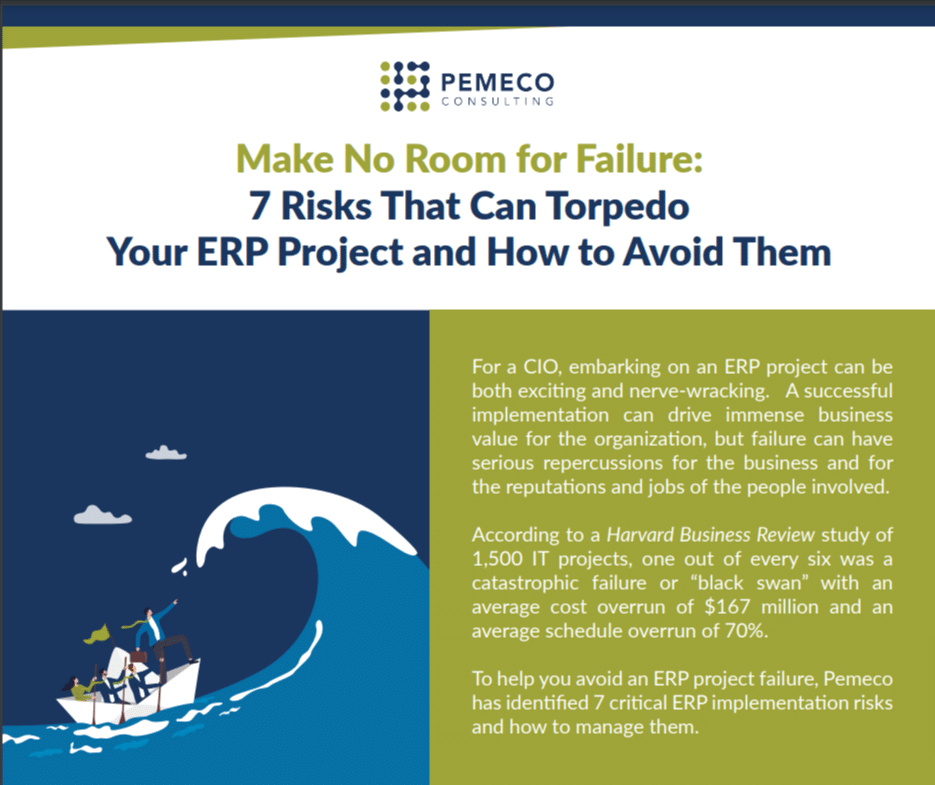The past few years have been hectic, to say the least, with COVID-19 restrictions and global supply chain issues. At the close of Q1 2023, it’s clear that volatility is here to stay.
On the positive side, inflation is slowing. The U.S. inflation rate dropped to 6.0% in February 2023, less than any month in 2022, and Canada’s rate was even lower at 5.9%.
Also, while January was an uncharacteristically low month for job creation in the U.S., February jumped right back up to normal rates, with 242,000 jobs created—43,000 in the manufacturing industry alone. This coincides with the gradual increase of the United States Manufacturing Purchasing Managers’ Index (PMI), which exceeded expectations in February by reaching 47.3. The February Canadian Manufacturing PMI also climbed back above 52, indicating further expansion.
On the negative side, three of the top-five U.S. retailers (Amazon, Home Depot, and Walmart) are preparing for a slowing economy. Technology companies and professional services firms continue to lay off thousands of employees.
Further, global trade frictions and unpredictable logistics are causing many to reassess their supply chains. North American companies are relocating – even reshoring – production operations.
To spur innovation, competitiveness, and the economy, various levels of American and Canadian government are incenting industry innovation. For example, several Canadian companies are tapping into the federal CDAP program to fund business process improvement, ERP software acquisition and implementation, and Industry 4.0 projects.
Yet, while they seek improvement funding, many businesses are unsure about which digital projects to implement. They might struggle to choose between a full-scale ERP implementation and a narrowly focused optimization project. Or they might wonder about a business intelligence initiative and how Industry 4.0 fits into the picture.
Of course, there’s no one-size-fits-all answer. Each company must consider its fundamental process, data, and systems, as well as its financial and human resources. The best project will be one that gives the greatest return on investment.
So as you weigh your options and build a business case, consider these emerging marketplace trends in 2023.
1. Conversational artificial intelligence
Artificial intelligence (AI) is permeating every industry and leading the way to the future. There’s no denying its vast applications and reach. However, executives have struggled to see how they can practically deploy AI in manufacturing—until recently, that is.
The overnight success of ChatGPT has highlighted several use cases, and now over a quarter of manufacturers are planning to invest in AI and machine learning (ML) over the next year.
Here are three ways enterprises can implement conversational AI:
- User experience: There’s no way around it—enterprise software systems are difficult to use. But AI can help simplify lengthy and complex processes, improving user experience and reducing employee training costs. For example, instead of spending time inputting data to create a sales order, users might soon be able to ask a system (with conversational AI capabilities) to do it for them.
- Technical development: ChatGPT can already generate test software code, and vendors will soon capitalize on this. It’s only a matter of time before they implement AI tools within development platforms to give users greater ability to develop and audit applications.
- Analytics: Companies today rely heavily on data scientists, consultants, and architects to manage and analyze data across multiple systems. While necessary, these professionals can be costly. AI will soon offer companies a cheaper—and more effective—way to make extensive data more manageable. We’ve already seen the beginning of this with some systems enabling conversational queries (e.g., “show me the overall machine effectiveness over the past month in work center two”), but vendors should soon implement conversational AI to create underlying data models.
2. Data governance
The word of the hour is data. Accurate and timely data is what keeps companies moving forward and evolving. And while conversational AI will help with data analytics, there’s another pressing matter: data governance.
Data governance is quickly becoming a top concern as companies rush to formalize procedures to comply with rapidly changing security and privacy frameworks.
Here are three ways business leaders prioritize data governance:
- Fundamentally: They ensure data is precise, exhaustive, and controlled through organizational, technical, and procedural initiatives.
- Organizationally: They create data competency centers that design and supervise corporate policies and procedures.
- Functionally: They formalize key data records ownership and implement systematic controls and workflows that oversee access and security.
3. Smart manufacturing
At the crossroads of data analytics, AI, and the Internet of Things (IoT) lies Industry 4.0—the thing that is revolutionizing manufacturing processes and creating smart factories. From robotics to embedded software, smart manufacturing offers improved data collection, deeper levels of visibility, and better overall efficiencies.
One example of Industry 4.0 implementation in manufacturing is the rise of warehouse automation, which uses robotics to streamline tedious processes like unloading trucks and building pallet orders. There are also asset management robots that enable data-driven manufacturing operations. These fully mobile robots perform autonomous rounds, gathering essential data to send as real-time insights.
4. Disciplined approach to ERP and digital transformation projects
The excitement surrounding digital projects in recent years created a technological gold rush. Companies jumped blindly into speculative—and often premature—projects. And tech vendors were more than willing to supply these endeavors, like rip-and-replace ERP projects.
Thankfully, the mad rush to implement digital projects seems to have slowed. That means manufacturers worldwide can take a more disciplined approach. Whether they’re replacing legacy systems or optimizing existing ones, business leaders are now prioritizing proper ROI and business case analysis.
5. Strong focus on implementation readiness
According to the Harvard Business Review, 87.5% of digital transformations fail to meet their original goals. These notoriously low success rates have been the norm for years—but that might be reversing now.
Manufacturing companies are now investing in experienced digital transformation consultants and client-side advisors to help guide them through the process. They also complete four essential steps prior to project kickoff:
- Establish governance and organize project teams—which includes finding replacements for project core team members’ day jobs.
- Tightly define project scope and determine change control procedures.
- Decide future state design options.
- Rearchitect and clean critical data, including account charts, routings, customers, BOMs, items, and vendors.
6. Composable ERP
Another emerging trend is composable ERP implementation, or building an ERP application environment from loosely coupled systems.
This adaptive technology approach works well for companies that need a customized solution, not a standard, monolithic ERP system. For example, a manufacturing business may want to add best-of-breed field service management systems to its central ERP systems for improved maintenance and equipment installation.
Composable ERP has its appeal—and may work well in some cases—but it’s not the right choice for every company. Again, the ideal solution produces the highest return on investment. In some cases, implementing a composable ERP means high costs and extra responsibility for the IT department as they develop the integration strategy. And those added costs might not always be worth it.
Companies must also consider if multiple systems would work with architecture that enables cross-functional business processes.
7. Technology contract rationalization and renegotiation
Companies worldwide spend between 2% and 18% of revenue on IT services, causing many to reevaluate their tech contracts and look for ways to save.
A simple cost-saving opportunity is to cancel contracts for technologies the company rarely uses. Businesses can also take advantage of the softening tech markets and renegotiate contracts before renewal. For example, IT leaders can audit technologies to see if they can downgrade or deactivate any. They can then negotiate lower rates based on the audit and pricing benchmarks.
Applying the Trends to Your Business
These 2023 digital transformation trends fall into three application categories: governance, discipline, and innovation.
- Governance: The success of your digital transformation project depends on organization and governance. It doesn’t matter if your company is planning a business intelligence project or a full-scale ERP implementation—you need to establish effective change control and build strong teams.
- Discipline: Digital transformation can be exciting, but don’t jump head first into any projects. Think about your options and take the time to develop a strong business case supported by an ROI analysis. And remember to regularly evaluate technology contracts to ensure you’re getting the best value for your investment.
- Innovation: Conversational AI is a buzzword this year, but other innovations like Industry 4.0 and composable ERP exist. Take the time to research the marketplace to discover the latest—and value-driving—technologies.
The key to a successful digital transformation is value-driving technologies and a solid governance model, which will help you establish a trustworthy methodology to deliver meaningful results.






